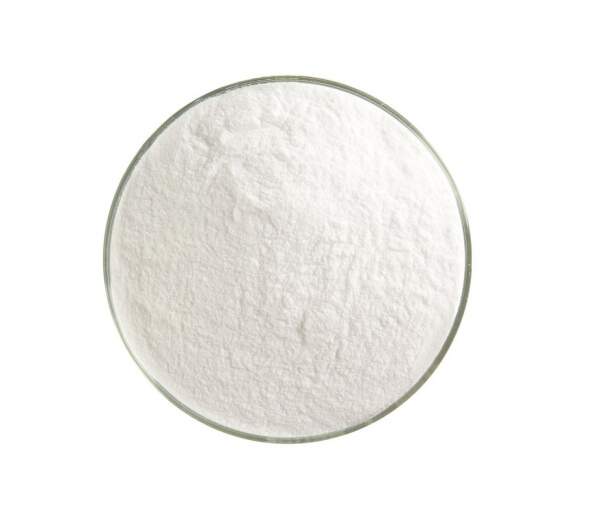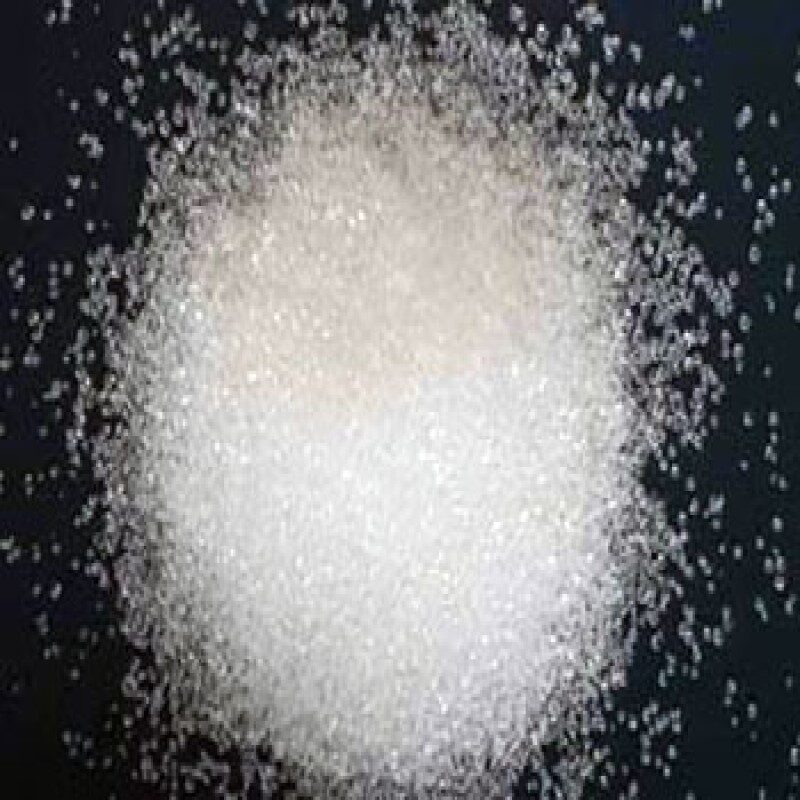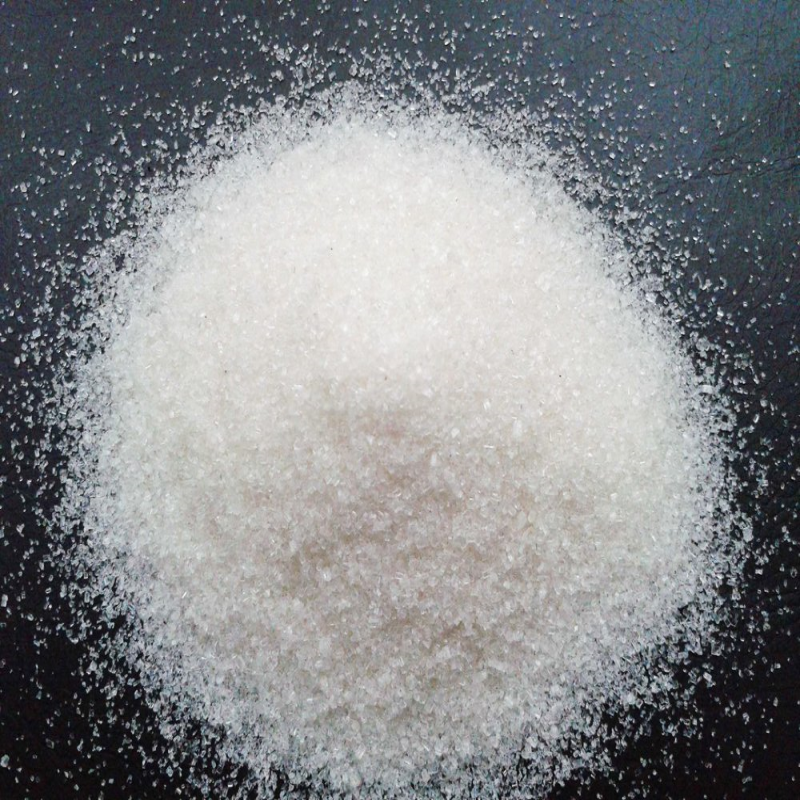Description
Remarks: The material complies as per above specification.
Uses: By FDA, calcium glycerophosphate is considered a generally recognized as safe (GRAS) food
ingredient as a nutrient supplement (source of calcium or phosphorus), or in food products such as
gelatins, puddings, and fillings. It is also present in dental or oral hygiene products due to its
cariostatic effects. Sodium glycerophosphate is used as a source of phosphate in the treatment of
inbalances of calcium and phosphate metabolism. It is administered, together with other
glycerophosphates, by injection in cattle.
Packing: 25 kg HDPE BAGS/HDPE Drum
For AMIZARA SPECILITY CHEMICALS LLP
MSDS
Calcium Glycerophosphate MSDS Sheet, Material Safety Data Sheet
SECTION 1:Product Identification
| Product Name & Other Names: |
Calcium Glycerophosphate or Glycerol phosphate calcium salt. |
| CAS Number: |
27214-00-2 |
| EINECS EC Number: |
248-328-5. |
| Molecular Weight: |
210.13 |
| Chemical Formula: |
C3H7CaO6P. |
| Relevant uses and uses advised against (if any): |
Laboratory and Industrial Manufacturing Use. |
| Supplier: |
As per letterhead. |
SECTION 2 : Hazards Identification
GHS, Globally Harmonized System Classification in accordance with 29 CFR 1910 Classification according to Regulation (EC) No 1272/2008
Not a hazardous substance or mixture according to Regulation (EC) No. 1272/2008.
This substance is not classified as dangerous according to Directive 67/548/EEC.
Labeling according GHS USA & Regulation (EC) No 1272/2008
GHS Label Elements
NONE
| Signal Words: |
None |
| Hazards not otherwise classified (HNOC): |
May cause mild eye irritation
May cause mild skin irritation |
Precautionary statements:
| P261: |
Avoid breathing dust/fume/gas/mist/vapors/spray. |
| P262: |
Do not get in eyes, on skin, or on clothing. |
| P281: |
Use personal protective equipment as required. |
| P302+P352 – IF ON SKIN: |
Wash with plenty of soap and water. |
| P303+P361+P353 – IF ON SKIN (or hair): |
Remove/Take off immediately all contaminated clothing. Rinse skin with water/shower. |
| P304 + P340 – IF INHALED : |
Remove victim to fresh air and keep at rest in a position comfortable for breathing. |
| P305 + P351 + P338 – IF IN EYES: |
Rinse cautiously with water for several minutes.
Remove contact lenses, if present and easy to do. Continue rinsing. |
| P337+313: |
If eye irritation persists get medical advice/attention. |
SECTION 3 :Composition / Information on Ingredients
| Product Name & Other Names: |
Calcium Glycerophosphate or Glycerol phosphate calcium salt |
| CAS Number.: |
27214-00-2 |
| EINECS EC Number: |
248-328-5. |
SECTION 4: First Aid Measures
Always seek medical advice after the first aid treatment.
| Inhalation: |
If inhaled, remove to fresh air. If not breathing, give artificial respiration. If breathing is difficult, give oxygen. Get medical attention. |
| Ingestion: |
Not expected to require first aid measures. If large amounts were swallowed, give water to drink and get medical advice. |
| Skin Contact: |
Not expected to require first aid measures. Wash exposed area with soap and water. Get medical advice if irritation develops. |
| Eye Contact: |
Check for and remove any contact lenses. In case of contact, immediately flush eyes with plenty of water for at least 15 minutes. Get medical attention if irritation occurs. |
SECTION 5 : Fire Fighting Measures
| Fire: |
It is not considered to be a fire hazard. |
| Explosion: |
Not considered to be an explosion hazard. |
| Fire Extinguishing Media: |
Use any means suitable for extinguishing surrounding fire. |
| Special Information: |
Use protective clothing and breathing equipment appropriate for the surrounding fire. |
SECTION 6: Accidental Release Measures
Methods and materials used for containment Cleanup procedures and Storage:
| Personal precautions, protective equipment, and emergency procedures: |
Ventilate area of leak or spill. Avoid breathing dust/fumes/gas/mist/vapors/spray. Use individual protective equipment (waterproof boots, suitable protective clothing, safety glasses, etc.). Restrict unprotected personnel from the area. Prevent any contact with hot surfaces. Do not approach facing the wind. Do not touch the spilled material. |
| Environmental precautions: |
Do not let the product enter drains, soil, or water sources. |
| Small Spill: |
Avoid dust formation. Avoid breathing dust. Ensure adequate ventilation. Use appropriate tools to put the spilled solid in a convenient waste disposal container. Finish cleaning by spreading water on the contaminated surface and dispose of according to local and regional authority requirements. |
| Large Spill: |
Contain spilled material. Cover with an inert, non-combustible absorbent material, (e.g. sand, earth, diatomaceous earth, vermiculite). Vacuum or sweep-up and remove to an approved disposal container. Finish cleaning by spreading water on the contaminated surface and allow evacuating as per law. |
SECTION 7: Handling and Storage
| Precautions for safe handling: |
Apply according to good manufacturing and industrial hygiene practices. Ensure proper ventilation. In case of insufficient ventilation, wear suitable respiratory equipment. Wash thoroughly after handling. Do not drink, eat, or smoke while handling. Avoid contact with skin, eyes, and clothing. Minimize dust generation. Avoid breathing dust/fumes/gas/mist/vapors/spray. Avoid contact with eyes, skin, and clothing. Keep container tightly closed. Avoid ingestion and inhalation. Use individual protective equipment (waterproof boots, suitable protective clothing, safety glasses, etc.). Prevent any contact with hot surfaces. |
| Conditions for safe storage, including any incompatibilities: |
Store in cool, dry, and ventilated area away from heat sources and protected from sunlight in tightly closed original container. Keep air contact to a minimum. Store protected from heat, sparks and ignition sources and incompatible materials. Avoid contact with skin and eyes. Avoid inhalation of dust/mist/vapor. Do not store with incompatible materials like strong oxidizing agents. |
SECTION 8: Exposure Controls/Personal Protection
| Airborne Exposure Limits: |
None established. |
| Ventilation System: |
A system of local and/or general exhaust is recommended to keep employee exposures as low as possible. Local exhaust ventilation is generally preferred because it can control the emissions of the contaminant at its source, preventing dispersion of it into the general work area. |
| Personal Respirators (NIOSH Approved): |
For conditions of use where exposure to dust or mist is apparent and engineering controls are not feasible, a particulate respirator (NIOSH type N95 or better filters) may be worn. If oil particles (e.g. lubricants, cutting fluids, glycerin, etc.) are present, use a NIOSH type R or P filter. For emergencies or instances where the exposure levels are not known, use a full-face positive-pressure, air-supplied respirator. WARNING: Air-purifying respirators do not protect workers in oxygen-deficient atmospheres. |
| Skin Protection: |
Wear protective gloves and clean body-covering clothing. |
| Eye Protection : |
Use chemical safety goggles and/or full face shield where dusting or splashing of solutions is possible. Maintain eye wash fountain and quick-drench facilities in work area. |
SECTION 9: Physical and Chemical Properties
| Appearance: |
White solid or crystals or powder. |
| Odor: |
Odorless. |
| Odor threshold: |
Not available. |
| pH : |
about 8. |
| Relative density: |
Not available. |
| Boiling Point: |
Decomposes. |
| Melting Point: |
Decomposes at red heat. |
| Flash point: |
Not available. |
| Auto-ignition temperature: |
Not available. |
| Decomposition temperature: |
Not available. |
| Upper/lower flammability or explosive limits: |
Not available. |
| Vapor pressure : |
Not available |
| Vapor density: |
Not available. |
| Evaporation rate: |
Not available. |
| Flammability (solid, gas): |
Not available. |
| Partition coefficient: n-octanol/water: |
Not available. |
| Solubility: |
Soluble in water. |
| Viscosity: |
Not available. |
| Molecular Weight: |
210.13. |
| Chemical Formula: |
C3H7CaO6P. |
SECTION 10. Stability and Reactivity
| Stability |
It is stable under ordinary conditions of use and storage. |
| Hazardous Decomposition Products: |
Carbon oxides, Oxides of phosphorus, Calcium oxide. |
| Hazardous Polymerization: |
Will not occur. |
| Incompatibilities: |
Oxidizing agents and Heat. |
| Conditions to Avoid: |
Excessive dust generation. |
SECTION 11. Toxicological Information
| Acute toxicity : |
LD50 (oral, Rat): >5000 mg/kg. |
| Carcinogenicity: |
No component of this product present at levels greater than or equal to 0.1% is identified as probable, possible or confirmed human carcinogen by IARC, ACGIH, OSHA and NTP |
| Mutagenic Effects: |
Not available. |
| Teratogenic Effects: |
Not available. |
| Developmental Toxicity: |
Not available. |
SECTION 12. Ecological Information
| Environmental Toxicity: |
Not much found. |
| Persistence and Degradability: |
Unlikely to persist due to water solubility. |
| Mobility: |
Likely to be mobile due to water solubility. |
| Bioaccumulation/ Accumulation: |
No information available. |
| Results of PBT and vPvB assessment: |
No data available for assessment. |
SECTION 13. Disposal Considerations
Whatever cannot be saved for recovery or recycling should be managed in an appropriate and approved waste disposal facility. Processing use or contamination of this product may change the waste management options. State and local disposal regulations may differ from federal disposal regulations. Dispose of container and unused material in accordance with federal, state, and local requirements.
.
SECTION 14. Transport Information
| DOT (USA) & ADR/RID : |
Not dangerous goods: Not dangerous goods |
| TDG/IMDG : |
Not dangerous goods. |
| IATA: |
Not dangerous goods |
SECTION 15. Regulatory Information
USA :
| SARA 311/312 Hazards: |
None. |
| California Proposition 65 : |
Not listed. |
SECTION 16. Additional Information
Disclaimer:
The information and recommendations set forth herein (hereinafter “Information”) are presented in good faith and believed correct as of the date hereof. It is compiled from various sources and it is not necessarily all inclusive nor fully adequate in every circumstance. In addition, these suggestions should not be confused with nor followed in violation of applicable laws, regulations, rules or insurance requirements applicable. This MSDS sheet is intended only as a guide to the appropriate precautionary handling of the material by a properly trained person using this product. Individuals receiving the information must exercise their independent judgment in determining its appropriateness for a particular purpose.




